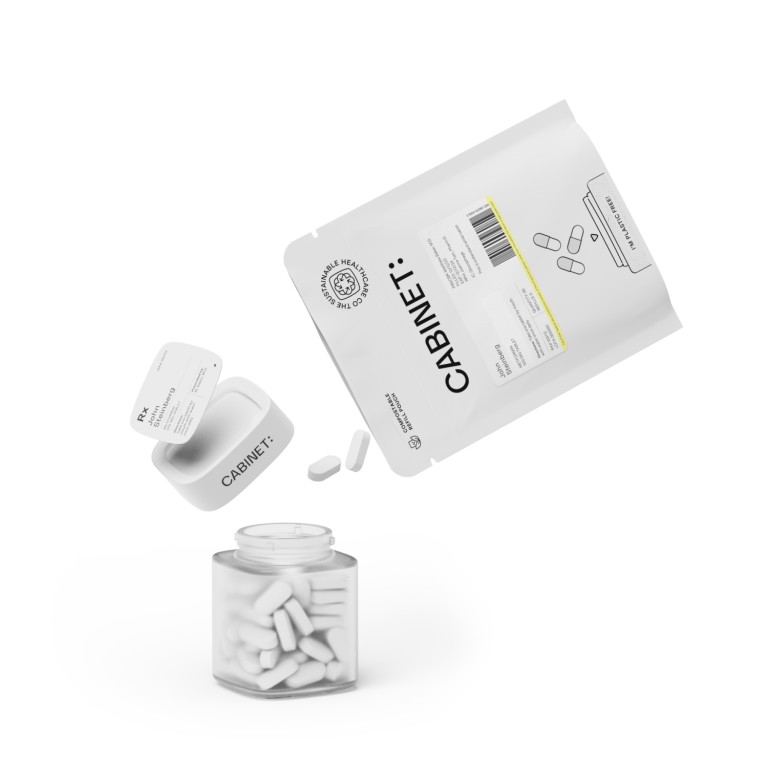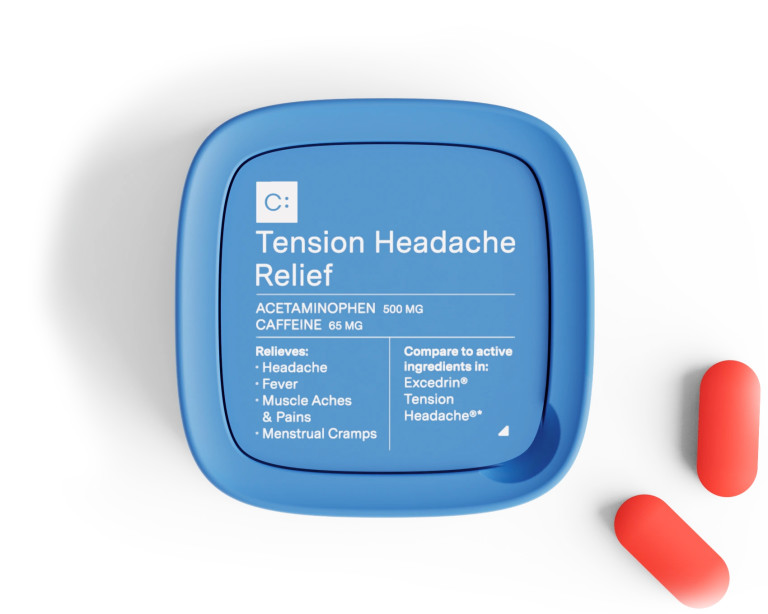Migraines can be debilitating, causing intense pain, throbbing headaches, and other distressing symptoms. For those who suffer from migraines, finding relief is a top priority. Fortunately, Excedrin Migraine offers a solution. With its targeted formula, this over-the-counter medication has become a go-to option for many migraine sufferers. In this article, we will explore the causes and symptoms of migraines, the science behind Excedrin Migraine, its key ingredients, its immediate and long-term effects, safety considerations, and alternative treatment options.
Understanding Migraines: Causes and Symptoms
Migraines are more than just headaches; they are a complex neurological condition. Understanding the causes and symptoms of migraines is key to finding effective relief. On the other hand, the exact cause of migraines remains unclear. Recent data shows that genetics and environmental factors may play a role. For example, changes in brain chemicals, such as serotonin, and abnormal brain activity are thought to trigger migraines. However, triggers can vary from person to person.
When it comes to symptoms, migraines can be debilitating. They often present as severe, pulsating headaches on one side of the head. Many individuals also experience nausea, vomiting, sensitivity to light and sound, and visual disturbances. However, it is important to note that not all migraines are the same, and symptoms can vary from person to person.
The Science Behind Migraines
Researchers have made significant strides in understanding the science behind migraines. Studies have shown that migraines involve a series of complex neurobiological events in the brain. These events can lead to the dilation of blood vessels and the release of inflammatory substances. This dilation and inflammation are believed to be the primary culprits behind the intense pain associated with migraines.
Furthermore, recent research suggests that migraines may also involve changes in brain activity and the disruption of normal brain function. This may be because migraines are often triggered by environmental stimuli, such as bright lights, loud noises, or certain foods. These stimuli can activate the trigeminal nerve, leading to the release of chemicals that cause inflammation and pain.
Identifying Migraine Triggers
Identifying and avoiding migraine triggers can be key to managing migraines effectively. For example, keeping a migraine diary can help individuals track and identify potential triggers. Common triggers include stress, hormonal changes, certain foods and beverages, lack of sleep, and environmental factors like strong smells or bright lights. By identifying and avoiding these triggers, individuals may be able to reduce the frequency and severity of their migraines.
Excedrin Migraine: An Overview
Excedrin Migraine is a popular over-the-counter medication specifically formulated to relieve migraine symptoms. Its unique blend of active ingredients makes it a trusted choice for many sufferers.
How Excedrin Migraine Works
Excedrin Migraine contains a combination of three key ingredients: acetaminophen, aspirin, and caffeine. Each of these ingredients plays a specific role in relieving migraine symptoms. Acetaminophen helps to reduce pain, while aspirin works to reduce inflammation. Caffeine, on the other hand, enhances the effectiveness of these two ingredients by constricting blood vessels and improving their absorption in the body.
When taken at the onset of a migraine, Excedrin Migraine targets the underlying mechanisms that contribute to migraines. By reducing pain, inflammation, and blood vessel dilation, it offers fast and effective relief for many individuals. However, it is important to note that Excedrin Migraine is not a preventative medication and should not be used as such.
Key Ingredients in Excedrin Migraine
Understanding the key ingredients in Excedrin Migraine can help individuals make informed choices about their treatment options. Acetaminophen, also known as paracetamol, is a common pain reliever that is also effective against fever. Aspirin, a nonsteroidal anti-inflammatory drug (NSAID), reduces inflammation and helps alleviate pain. Caffeine, a mild stimulant, can enhance the effects of both acetaminophen and aspirin.
It is worth noting that Excedrin Migraine contains a higher amount of caffeine compared to regular Excedrin products. This increased caffeine content is specifically tailored to target migraines and enhance the pain-relieving properties of the medication.
The Relief Provided by Excedrin Migraine
Immediate Effects of Excedrin Migraine
One of the key benefits of Excedrin Migraine is its fast-acting nature. When taken at the onset of a migraine, many individuals experience relief within 30 minutes to an hour. This rapid relief can be attributed to the targeted formulation of Excedrin Migraine's key ingredients, which work synergistically to alleviate pain, reduce inflammation, and constrict blood vessels.
Furthermore, Excedrin Migraine not only relieves the headache pain but also addresses other associated symptoms, such as nausea and sensitivity to light and sound. This comprehensive relief can significantly improve the quality of life for migraine sufferers, allowing them to resume their daily activities with less disruption.
Long-term Benefits of Excedrin Migraine
While Excedrin Migraine provides immediate relief, its long-term benefits extend beyond the short-term effects. Taking Excedrin Migraine consistently as directed can help individuals manage their migraines more effectively. By addressing the symptoms at the onset and reducing the severity of attacks, individuals may experience a decrease in the frequency of migraines over time.
In addition to providing relief, Excedrin Migraine also offers convenience. It is available over the counter, without the need for a prescription, making it easily accessible for those who suffer from migraines. However, it is essential to consult a healthcare professional if migraines persist or become more frequent.
Safety and Side Effects of Excedrin Migraine
Common Side Effects
While Excedrin Migraine is generally well-tolerated, like any medication, it can have side effects. Some common side effects include upset stomach, heartburn, and nervousness. These side effects are usually mild and temporary. However, individuals who experience severe or persistent side effects should seek medical attention.
Furthermore, individuals should be cautious when taking Excedrin Migraine if they have certain medical conditions or are taking other medications. It is important to read the label and consult a healthcare professional to ensure that Excedrin Migraine is safe and appropriate for individual use.
Precautions and Contraindications
Excedrin Migraine may not be suitable for everyone. Individuals with certain medical conditions, such as liver disease, kidney disease, stomach ulcers, or a history of bleeding disorders, should exercise caution when taking this medication. Pregnant and breastfeeding women should also consult with a healthcare professional before using Excedrin Migraine.
Additionally, Excedrin Migraine should not be taken concurrently with other medications that contain acetaminophen or NSAIDs, as this may lead to an overdose. As with any medication, it is important to follow the recommended dosage and usage instructions provided on the packaging or as advised by a healthcare professional.
Alternatives to Excedrin Migraine
Other Over-the-Counter Options
While Excedrin Migraine is a trusted option for many migraine sufferers, other over-the-counter medications may also provide relief. Nonsteroidal anti-inflammatory drugs (NSAIDs) such as ibuprofen and naproxen sodium can be effective in reducing pain and inflammation associated with migraines. Additionally, simple analgesics like acetaminophen can help alleviate headache pain.
However, it is important to note that individual responses to different medications can vary. Some individuals may find one medication more effective than another. It may be necessary to try different options to determine which provides the most relief.
Prescription Medications for Migraines
For individuals whose migraines are severe or not adequately managed by over-the-counter options, prescription medications may be necessary. These medications are specifically designed to target migraines and may offer additional relief. They can include triptans, ergots, and beta-blockers. As prescription medications can have potential side effects and interactions, it is crucial to consult with a healthcare professional to determine the most appropriate treatment plan.
In conclusion, Excedrin Migraine provides an effective option for those seeking relief from the pain and symptoms of migraines. With its targeted formulation and fast-acting nature, it offers immediate relief while also addressing the underlying mechanisms that contribute to migraines. However, it is important to consider individual needs and consult with a healthcare professional to determine the best course of treatment. Whether using Excedrin Migraine or exploring alternative options, finding relief is possible, allowing migraine sufferers to regain control of their lives.









